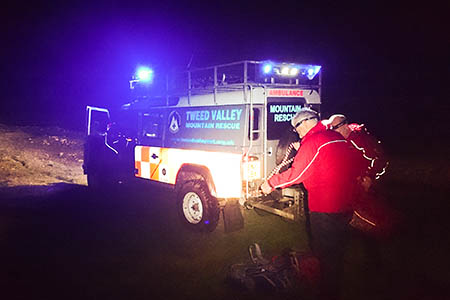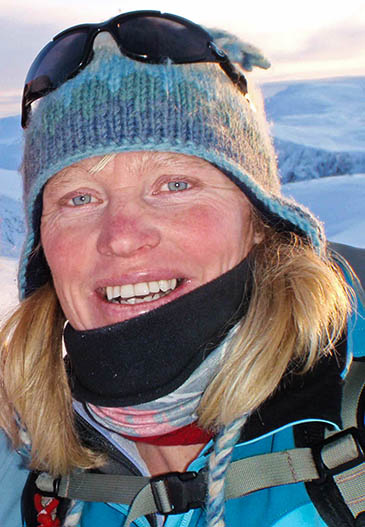Anyone heading for the hills hopes they will never need the help of rescue services, and most outdoor enthusiasts will never need to call out mountain rescue.
But if things do go wrong out in the countryside, it’s important you know the correct way to summon assistance.
With the onset of winter, when things can get more hazardous in the mountains, the Mountaineering Council of Scotland has issued a reminder to walkers, climbers, mountaineers and anyone else heading for the hills of what to do if you need the emergency services.
The MCofS said: “Because mountains and remote areas are beyond the road network and the reach of the ambulance service, any emergency call must be to mountain rescue.”
The council’s mountain safety adviser Heather Morning said: “No-one likes to think it will be them who gets into difficulties in the mountains, but sadly people do, for all sorts of reasons, and on average each year Scottish mountain rescue teams are called out 750 times.
“If an accident happens to you or one of your party, the situation may be so serious that professional help is required.
“If you have a mobile phone signal, dial 999 and ask for ‘police and mountain rescue’.
“Remember ambulances cannot leave a surfaced road. If you are having difficulties getting through on 999, try 112 the European wide emergency number.”
The MCofS said when reception on mobiles is limited, it may be possible to send a text message where a voice call is not possible. To have that option to send a text to 999, you must have pre-registered your phone by texting the word ‘register’ to 999.
This is a free registration and takes seconds to set up, but can be an invaluable lifeline in an emergency.
Once you make contact, certain information will be essential. Rescuers will need the location of the casualty, in the form of a grid reference. They will also want your name and the name of the casualty and brief details of the incident.
It will also help the emergency services to know what clothing and equipment you and your party have, and any medical conditions you know about – for example, if the casualty is diabetic.
If it is not possible to make any form of contact with a mobile phone – although walking uphill for a distance may bring you within range of a signal – it may be necessary to send someone to summon help.
Lyle Brotherton also has useful advice on the best way to summon help with a mobile phone
They should take a written note of the details above so that nothing is forgotten.
Although the MCofS S advice deals with incidents in Scotland, the information applies throughout the UK.


Ian from www.everythingoutdoors.co.uk
26 November 2014Don't forget to include the prefix letters on your grid reference.
a standard 6 fig has multiple locations through out GB.